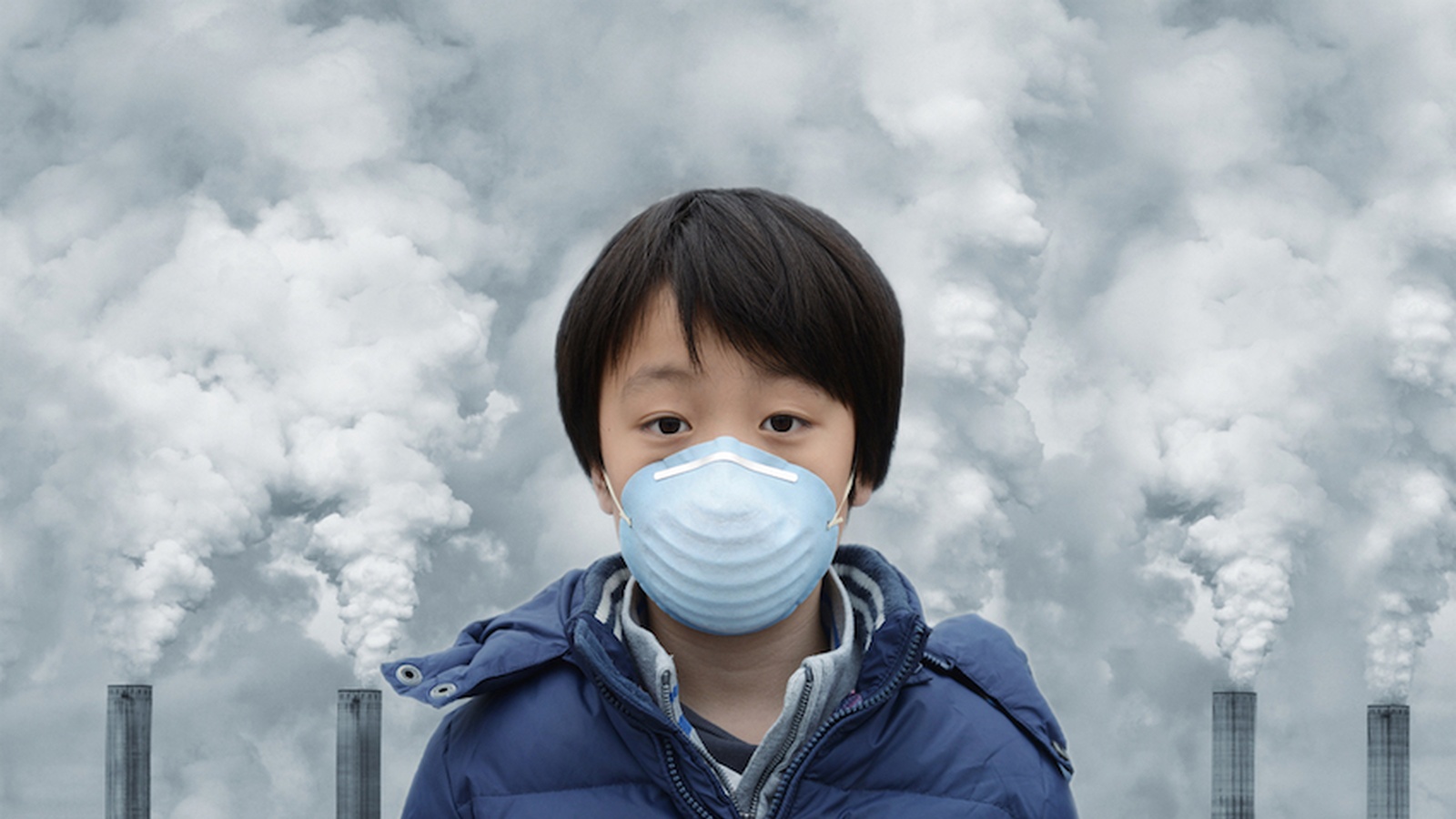5 Tips To Avoid Cancer-Causing Chemicals
The word ‘cancer’ tends to hit you in the pit of the stomach, doesn’t it?
Many of us know someone with cancer, or have been directly affected by this devastating illness. In fact, global estimates show us that at least 14 million people develop cancer each year. If the current trend continues, 24 million people will be diagnosed with cancer annually by the year 2035.
That’s More Than The Entire Population Of Australia!
Sadly, it’s been estimated that up to one third of all cancers may be preventable. Our lifestyles, diet, smoking habits and exercise habits all contribute towards our cancer risk.
But did you know that many chemicals can also influence our risk of getting cancer?
I’m not talking about the obvious carcinogenic chemicals, like tobacco and DDT.
You’re about to discover some of the top cancer-causing chemicals that are far less obvious but no less sinister… Read on to find out where they come from and how you can avoid them!
Pollution Winds Up In People
The average modern human is potentially exposed to over 80,000 chemicals in their lifetime. At least 1,400 of these chemicals are now recognized as being carcinogenic.
These chemicals are imbued in the air we breathe, the water we drink, the materials we use and the substances we put on our bodies. Here are some of the most common sources of carcinogenic chemicals:
- Pesticides and commercial agriculture
- Food additives, preservatives and artificial chemicals
- Industrial practices
- Solvents and adhesives
- By-products of gas/petroleum/oil use
- Rubber, polymers, styrene and plastics
- Exhaust fumes
- Paints and many other building materials
- Flame retardants
- Makeup, aerosols and personal care products
Traditionally, safety levels of chemicals have been based upon our estimated threshold of tolerance for an individual chemical.
In other words, chemicals are usually tested for safety levels one by one.
But with over 80,000 chemicals in our daily environment, what happens when we’re exposed to multiple chemicals all at once?
Enter… The ‘Body Burden’!
The EWG have come out with new research which measures the collective ‘pollution’ in people (fittingly called the Body Burden). Disturbingly, 9 of the 400 carcinogens investigated in this study were measured at high enough concentrations to present “non-trivial” cancer risks.
How Might Multiple Chemicals Affect Us?
There are many different types of cancer and they can’t be lumped together and considered the ‘one disease’. Different cancers are affected by carcinogens at alternate phases of their unique biological pathways. This is significant for a couple of reasons:
- Different carcinogens impact different types of cancer at different stages of cancer development,
- By acting on different phases of cancer growth, it’s possible that carcinogens can work collectively to increase cancer risk.
Therefore, the health effects of compounded chemicals may be more serious than first thought when the chemical was studied in isolation. It’s scary stuff.
What Can We Do About It?
In the ideal world, governments would take collective action to ban the use of toxic chemicals. We have seen examples of this with the banning of leaded gas, PCBs and restricted tobacco use. However, while large-scale public health measures are mostly effective, they typically take a long time to put into place.
In the meantime, there are positive steps we can take in our everyday lives to reduce our exposure to cancer-causing chemicals.
1. Go Organic! As Much As You Can :-)
A Swedish study found that eating organic for as little as 21 days reduced pesticide and other chemical levels in the urine.
Eating organic not only benefits your own ‘body burden’, it also means you are supporting organic farming, and helping to reduce the total toxic load on our planet that comes from chemical agriculture!
(And remember… By looking after your body with a healthy diet and regular exercise, you are also supporting your body’s natural ability to detoxify from external pollutants.)
2. Mind What You Let Under Your Skin
As the largest organ in your body, your skin directly absorbs the chemicals you put onto it.
Think about everything that comes into contact with your skin every day: Moisturizers, soaps, sunscreen, foundation, mascara, detergents… And that’s only the beginning! In fact, it’s been estimated that the average woman could be exposed to over 500 cosmetic chemicals in just one day.
That’s 500 great reasons for choosing natural, eco-friendly cosmetics and household products whenever you can!
3. Support Public Transport & Renewable Energy
A significant source of chemical exposure comes from air pollution. Unless you’re willing to walk around with an oxygen mask all day, this issue’s a little trickier to tackle!
However, we can collectively contribute to reducing air pollution by choosing sustainable transport options, wherever possible. Car-pooling, public transport, cycling and renewable energy cars are all great initiatives to consider using.
4. Say “No” (Or At Least “Less”) To Plastic
Some of the chemicals in plastic don’t stay in plastic - they can be absorbed by the human body too! A whopping 93% of Americans over the age of six years have been found to test positive to BPA, a chemical in plastic that’s been linked to cancers, hormone disorders and other health concerns.
Aside from the environmental benefits, opt for non-plastic alternatives whenever you can. These days, there are so many eco-friendly companies who make everything from food saran/cling wrap to Tupperware without plastic!
5. Reduce Chemical Aerosols
If you’re looking for an express ticket for chemicals to enter your bloodstream, a chemical spray is a good way to do it!
Aerosol sprays transport chemicals from the air you breathe, deep into your lungs. As an incredibly vascular organ, the lungs provide fast access for small chemical molecules to hitch a ride into your bloodstream.
Consider the chemical aerosol sprays that you potentially breathe each day; hairsprays, deodorants, bug sprays and room fresheners just to name a few! Opt for natural, non-aerosol options whenever you can, instead.
A Quick Recap:
- The average modern human is exposed to 80,000 chemicals in their lifetime, with 1,400 of these chemicals recognized as being carcinogenic
- Cancer-causing chemicals come from food, water, industry, air pollution, plastic products, building materials and personal care items
- One third of all cancers are believed to be preventable through diet, exercise and a healthy lifestyle
- Research indicates that carcinogens may compound cancer risk through a synergistic action. Therefore our overall exposure to cancer-causing chemicals is also important, rather than just avoiding certain types
- You can reduce your exposure to cancer-causing chemicals by eating organic, choosing natural personal care products and household items, reducing your use of plastic and supporting sustainable public transport










